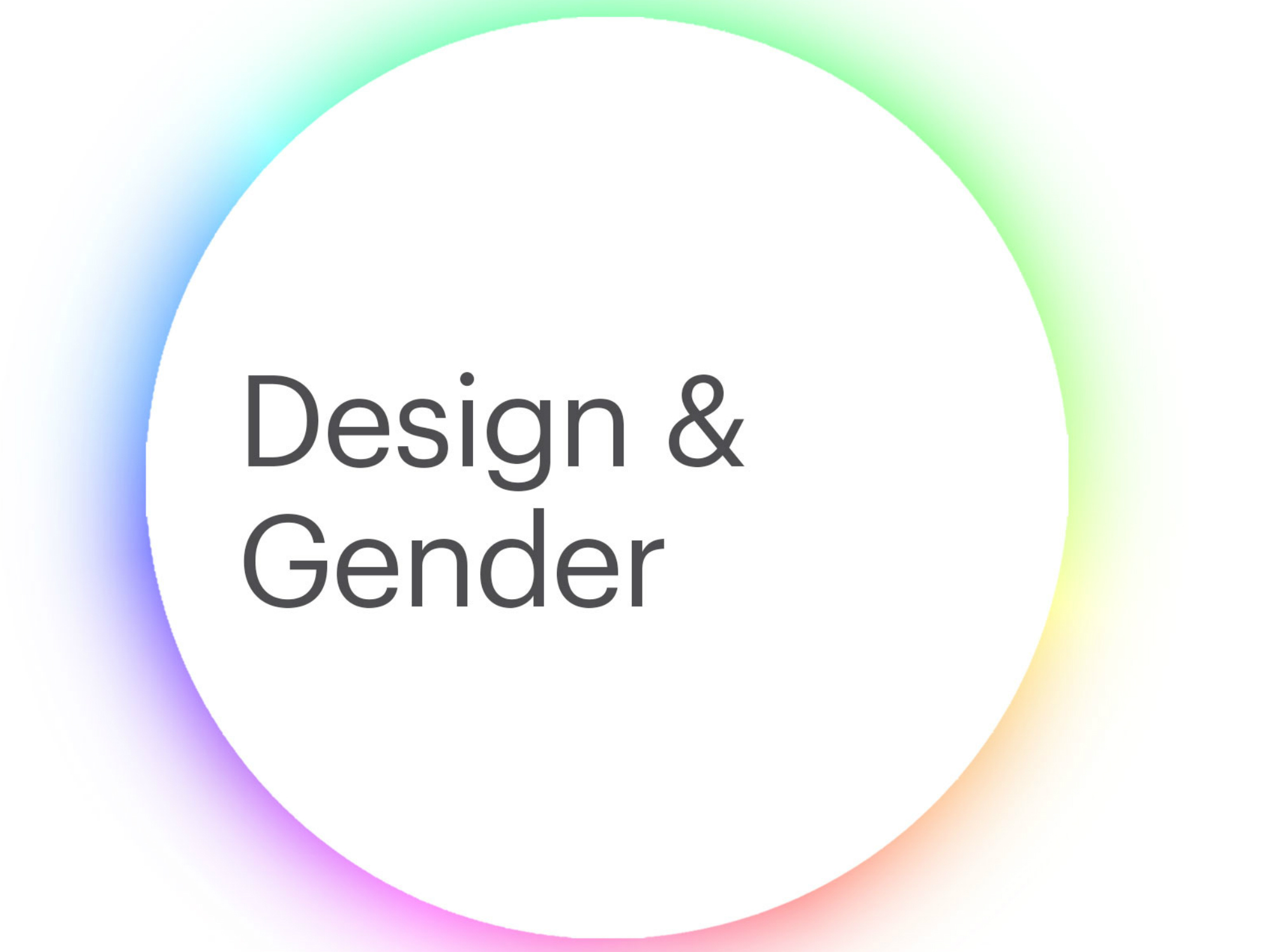It is safe to say that in recent years we have seen a significant resurgance in support for women's rights and gender equality. A sense of 'enough is enough' has led to movements such as #WakingtheFeminists and a groundswell of support for women's bodily autonomy, while at the same time exasperating (though not entirely surprising) revelations such as the BBC gender pay gap in the UK and IBEC's resistance to the government's Gender Pay Gap Information Bill here in Ireland remind us that we still have a long way to go to reach gender parity in wider society.
Within the design industry in Ireland we face the startling reality that while huge numbers of young women study design, only 25% of the industry is made up of female practitioners (as stated in DJEI's Policy Framework for Design in Enterprise in Ireland, 2016), with few very clear indicators why. Here at the 100 Archive our recent industry survey was responded to by over 200 practising designers, only 32% of whom were female. And while 46% of all new users in 2016 were female and 50% of all work selected for the 2016 Archive was made either in part or exclusively by women, only 34% of all designers represented in the 2016 Archive are women. A step closer to equality compared with the industry at large, but still a way to go...
While it is obvious that a gender imbalance exists - not just in our own industry but many others too - what is less apparant is how we go about fixing it. With this in mind we have asked for Viewpoints from three people working in close contact with the industry. We have asked them not whether a gender imbalance exists or what caused it, but what we might do to better the situation. First up is Kim Mackenzie-Doyle, current President of the Institute of Designers in Ireland. A product designer by training, Kim has worked at Design Partners, has led designCORE, a design-driven research centre in IT Carlow, and is now CDO of HUB Controller, the only smart thermostat designed, engineered and manufactured in Ireland. Here's what she has to say.
How do we redress the gender imbalance in design?
Gender balance is such an important issue that tends to spark a fire in many, both within and far beyond the Irish design sector. It is critical for so many reasons: different perspectives add value and diverse teams reflect the market. We know this yet we have done little to resolve the imbalance. Ireland’s creative community has a lot to answer for, but I worry we are sometimes a little too quiet about this issue – both men and women. It’s all too easy to bury our heads in the sand and say there is not a problem, especially if the clients keep coming and the projects keep churning out. But we have a problem when shocking statistics tell us that there is only 25% of practising designers in Ireland are female and only 11% of design directors are female: this should cause a furore or two!
How can we actually make change to the imbalance as a design community? This is an area I am unashamedly passionate about, and a big part of my involvement in the IDI is to work towards a solution. It’s not going to be resolved in a year, but I believe we can make a difference. We still need to educate, and as such this year we are working on an online platform aimed at second level female students, their parents, teachers and guidance councillors. It will communicate what design is while showcasing practising female designers, allowing these essential role models to share their stories. We will show a great number of women on the site as well as highlighting men working in disciplines we might consider to be largely female, so that we change perceptions about design and who produces it in a number of ways. While outlining a myriad of creative careers we will also show what to study to get there. How can we expect parents to support a creative career choice without this information? With industry support from Deloitte Digital and IBM Design for the platform, it's clear that there is an appetite for this.
We are also at the planning stage in producing a diversity and equality plan for the Irish design sector to give companies toolkits to address these issues internally. We must look at all sides of the issue. It seems strange that we even need to have this conversation here, Ireland is such a progressive nation in many ways. But we have achieved amazing things in recent years, both within the sector and in broader society and with a concerted effort from both men and women I believe we can make real progress on this too.
